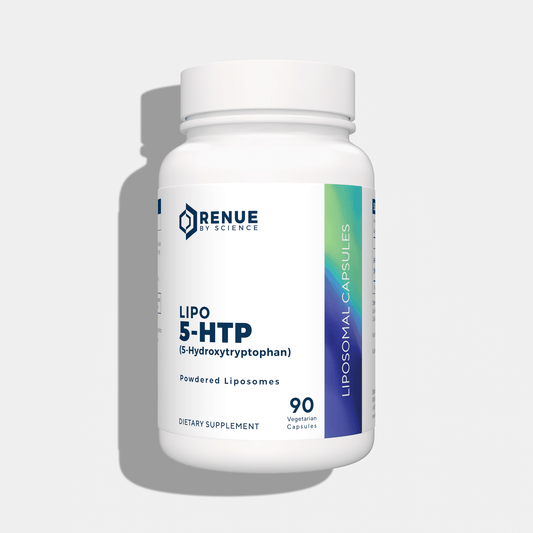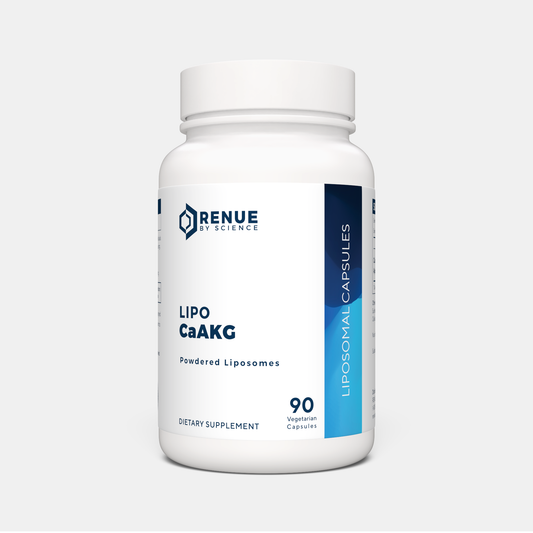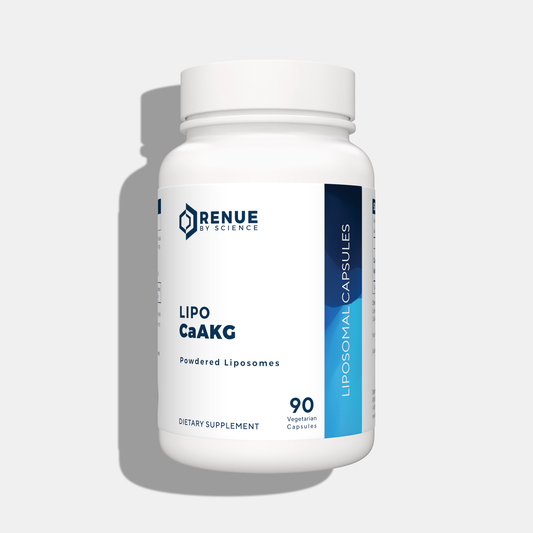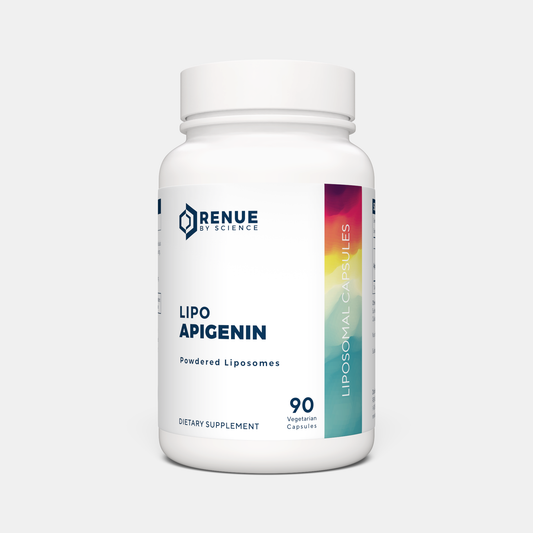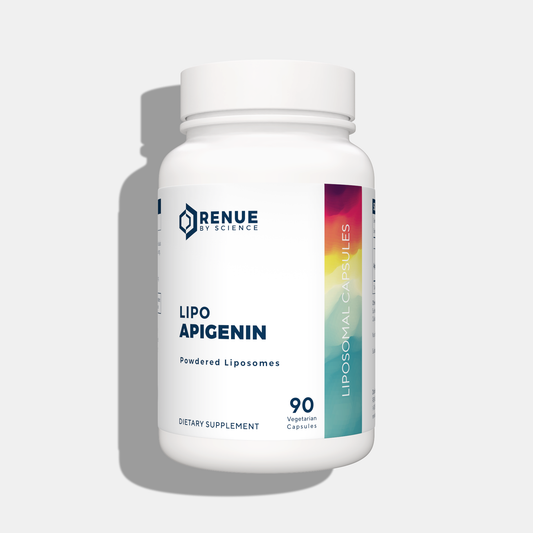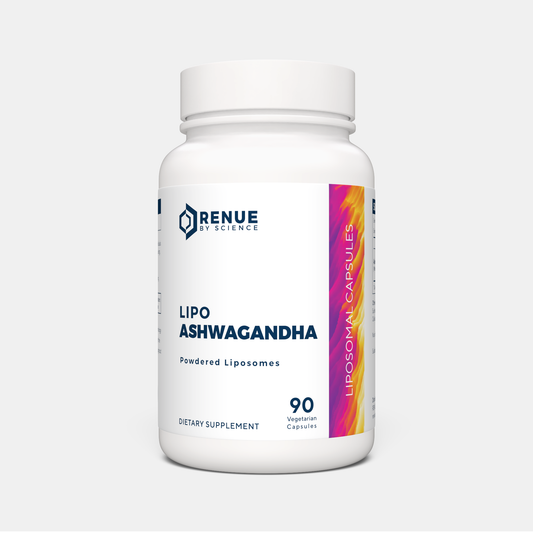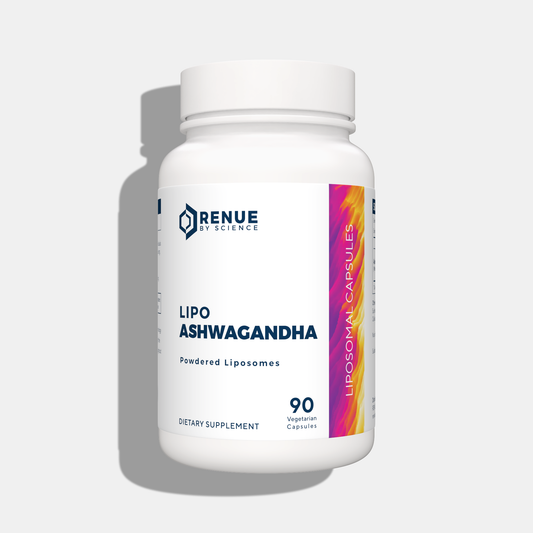
Research Review by Drs. Candace Benjamin and Rebecca Crews
This research reviews the current evidence on NMN metabolism and compares the effects of different administration routes.
Key Points
- NMN is broken down in the gut and liver to Nicotinamide (NAM) and Nicotinic Acid (NA)
- Injecting NMN (IV administration) avoids breakdown in gut and liver, offering different effects
- Liposomes protect NMN from gut and liver degradation, potentially delivering more to tissues
- The metabolism of NMN affects how it works in the body
Standard Oral NMN is Degraded By Gut Bacteria
A 2016 study found that NR supplemention increased a specific NAD+ metabolite that isn’t used in the normal human NAD+ pathways and interestingly, required a bacterial enzyme to be processed.
Later studies in mice confirmed that gut bacteria play a key role in NAD+ precursor metabolism, breaking down almost all NMN and NR into NAM or NA.
“Only a minor portion of NAD+ precursors delivered orally integrate into tissues without significant alteration.”
Any NMN that survives the GI tract is sent to the liver, where it is fully converted into NAM.
“Studies across various dosages (50 mg/kg to 500 mg/kg) consistently show that nearly all ingested NMN is converted into NAM within the liver.”
Essentially, no intact NMN from oral delivery reaches peripheral tissues.
“This minimizes the amount of intact NMN available for direct NAD+ synthesis in the liver and prevents it from reaching peripheral tissues, significantly impacting overall bioavailability.”
Liposomal Delivery Mimics IV Administration Route
To improve delivery, compounds can be incorporated into liposomes—microscopic bubbles made from natural fats that resemble cell membranes.
These tiny shields protect NAD+ precursors from harsh stomach conditions and bacteria in the gut.
In the gut, liposomes interact with special cells, allowing them to enter the bloodstream directly and bypass degradation in the liver.
“Allowing entry into the lymphatic system and bypassing hepatic processing altogether.”
In an aging mouse model, oral administration of encapsulated NMN significantly reduced oxidative stress, improved behavioral performance, and increased NAD+ levels more effectively than free NMN.
This figure depicts the metabolic processing of common administration routes for NMN:

NMN Administration Routes and Metabolic Processing.
- Standard or liposomal NMN is ingested
- Standard capsules are broken down in stomach; liposomal formulations are protected from degradation
- Standard NMN is broken down by gut bacteria and enzymes; liposomal NMN is protected
- Standard NMN is transported to the liver and further broken down
- Liposomes exit the gut and enter the bloodstream, bypassing the liver
- Intravenous NMN directly enters bloodstream without undergoing processing in the intestine or liver
- Ultimately, NMN enters the bloodstream, but the amount reaching target tissues depends on the administration route and metabolic processing



